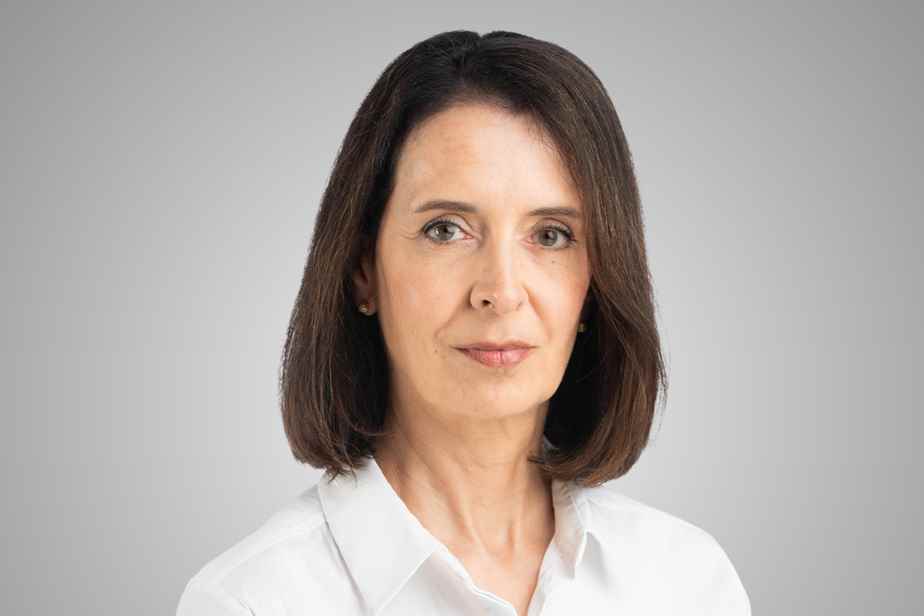Posted at 5:00 a.m.
There are not many metropolises in the world where there is still a huge virgin territory to be developed. In Montreal, yes. A large plot of 46 hectares in the heart of the city, near a metro station. This site is the land of the former Blue Bonnets racecourse.
At the City of Montreal, we have been talking about the potential of this sector for… 30 years.
The last horses raced there in 2009. The buildings of the racecourse were demolished in 2018. Over time, three municipal administrations succeeded each other. But from Gérald Tremblay to Valérie Plante via Denis Coderre, no mayor (or mayoress) attended the first sod.
The City of Montreal, to which Quebec finally ceded the land of the former racecourse in 2017, unveiled its vision for the large Namur-Hippodrome sector (95 hectares in total) in 2019. Valérie Plante and her team dream of making it a carbon-neutral district that would accommodate more than 12,000 housing units, including 6,000 only on the former Blue Bonnets site. The surroundings of the Namur and Savane metro stations also represent great potential for urban densification. We plan to make a good place for social and affordable housing as well as green spaces.
Three more years have passed since Montreal presented the contours of this future district. But if you walk on the grounds of the old racecourse, you will not see the shadow of the beginning of a tower of condos. On the other hand, you will find… melons. They are cultivated by an organization in Côte-des-Neiges, while waiting.
True, the list of challenges to be met to develop this sector intelligently is long: hemmed in between Mount Royal and the CN railroads, crossed by the Décarie highway, it is concrete, polluted and fairly bare of greenery. It’s a beautiful urban puzzle! Before welcoming the first tenants there, it will be necessary to connect the two segments of Cavendish to the west (the City is dreaming of turning it into an urban boulevard) and to solve the number one problem of the sector, that of mobility.
Indeed, in its public consultation report on the Namur-Hippodrome district, submitted in 2020, the OCPM estimates the number of additional daily trips once this area is inhabited at 200,000 (!). And that’s not counting the arrival of Royalmount, a few meters away, which cannot be ignored when planning the development of this sector.
In short, this future district could quickly become a hell of car traffic if we do not plan public transport and mobility.
This is one of the 41 recommendations of the Office de consultation publique de Montréal (OCPM), which also suggests determining in advance the spaces provided for commercial and community activities. We want to avoid another Griffintown, which has become an example of what not to do when developing a new neighborhood.
Planning is important, yes. But we dragged our feet in this case. Planning and efficiency are not incompatible.
We should go from walking to trotting, not to say galloping if we want to start building one day!
The pressure on housing is untenable in the neighboring districts. In Côte-des-Neiges, community organizations estimate that 2,490 households are waiting for access to low rent. For its part, the Office municipal d’habitation de Montréal estimates the number of applications for low-rental housing in the borough of Côte-des-Neiges–Notre-Dame-de-Grâce at 3,645. The waiting time would be about six years…
It’s time for things to change.
According to the deed of transfer with the provincial government, the City has until October to present a timetable, and until 2023 to sell a first plot of land, otherwise it will become the property of Quebec.
Let’s be realistic, the Legault government will have no choice, it will have to increase its financial participation to support Montreal in the development of this future district. The City cannot assume the bill alone.
But for that, we have to act.
Montreal households no longer have the luxury of waiting another 30 years.
